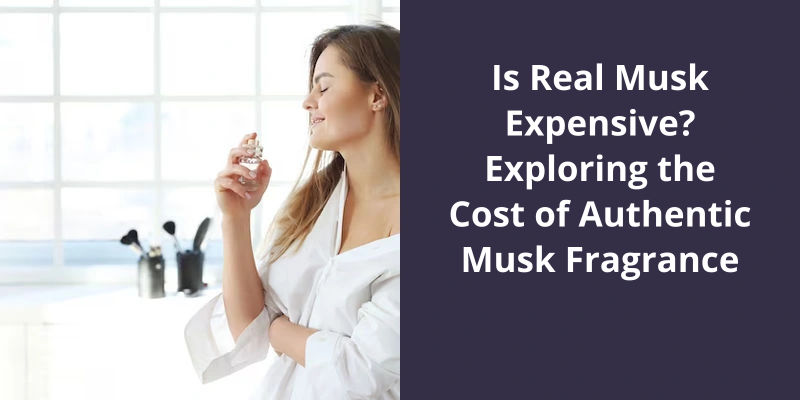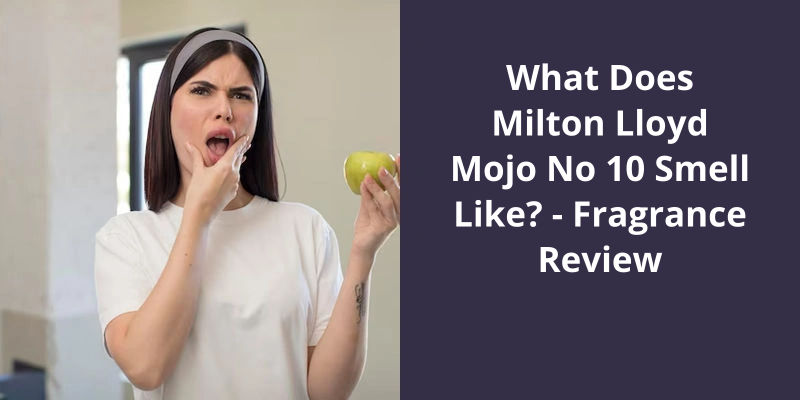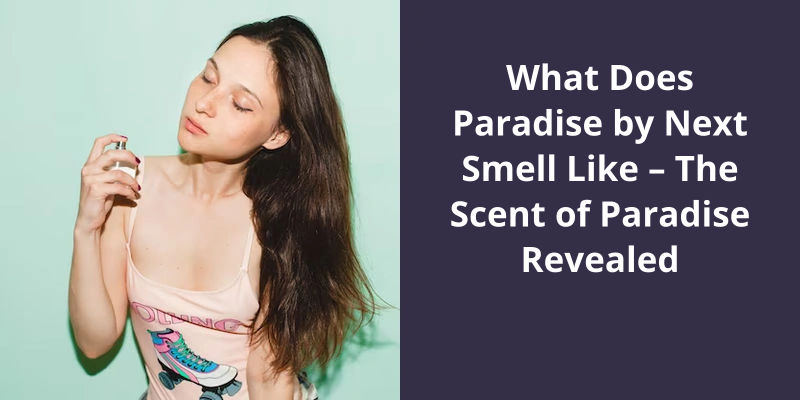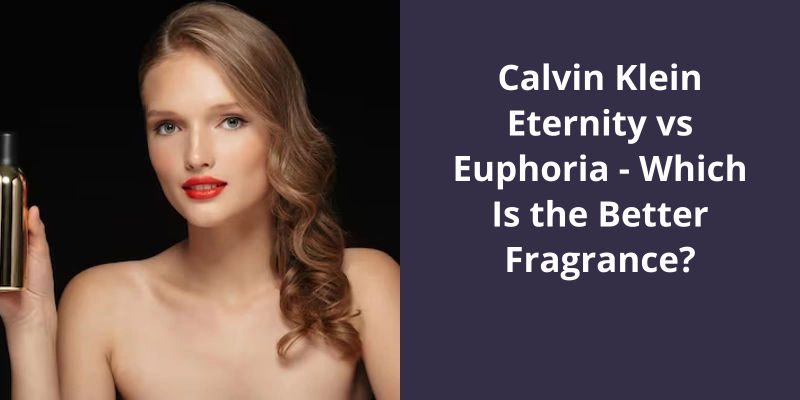Yes, real musk is expensive. The high cost is due to the fact that it comes from the gland of certain species of deer, primarily the male musk deer native to Asia, making the process of getting it both difficult and controversial. Synthetic substitutes are now often used in its place due to animal rights concerns. Its rarity, complex extraction process, and the high demand in the perfume industry contribute to its hefty price.

Why Is Musk So Expensive?
The musk deer is a small, solitary animal that inhabits the harsh mountainous regions of Siberia, Mongolia, and China. In many of these places, hunting is illegal and poachers who kill the musk deer risk being imprisoned. The deer produces musk from it’s scent glands, which are found on the males belly. Harvesting the musk gland secretion involves a gruesome process of killing the animal and removing the gland. This was the traditional way of obtaining musk and was a profitable business for decades.
However, the musk deer population has declined significantly due to overhunting and habitat loss. This has led to much stricter regulations worldwide, with many countries banning the trade of natural musk entirely, with exceptions for traditional medicinal purposes. As a result, the price of natural musk has skyrocketed among collectors and enthusiasts.
Enter the synthetic musk industry, which arose in the 1930s. Lab-made musk can mimic the scent of natural musk and is less expensive to produce since it doesn’t require killing any animals. The raw materials used typically come from petrochemicals, and the musk scent can be tweaked to suit various applications. Synthetic musk has since become the norm, with the majority of perfumes, soaps, and cosmetics containing some form of synthetic musk.
Despite it’s effectiveness as a cheaper alternative, synthetic musk has been criticized for it’s potential health and environmental impacts. One type of synthetic musk, nitromusks, has been found to accumulate in the food chain and can be toxic to marine life.
The high price of natural musk is due to a combination of it’s rarity and the ethical and legal issues surrounding it’s production. As a result, some companies are exploring renewable and ethical alternatives to musk, such as musk from deer milk or sustainability sourcing from ethical farms.
Many people have varying opinions on musk as a scent, but there’s no denying the complexity and allure it can bring to a fragrance. Despite it’s strong presence, musk has the ability to blend seamlessly with other notes, creating a multi-dimensional aroma that can’t be achieved with any other ingredient.
Is Musk a Good Scent?
Some people find the scent of musk to be overpowering and even unpleasant. However, there are others who absolutely love it and find it to be incredibly alluring. The scent of musk has been used in perfumes and colognes for centuries and has remained a constant in the perfume industry. It’s rich and complex aroma can be attributed to the fact that it’s derived from the musk gland of certain animals, which adds a unique and exotic touch to fragrances.
It’s deep and rich aroma can be overwhelming for some, overpowering other fragrance notes and becoming the dominant scent. This can lead to an unpleasant or uncomfortable experience for those who prefer lighter, fresher fragrances.
History of Musk in Perfumery: This Topic Could Explore the Historical Context and Cultural Significance of Musk in Perfumes and Colognes, From Ancient Times to the Present Day.
This topic examines the role of musk in fragrances throughout history, from ancient times up to the present day, and explores it’s cultural importance and significance within perfumery.
As awareness increases about the endangered species of animals, the use of their natural resources such as musk has come under scrutiny. The trade of musk has been banned in most countries due to the declining population of musk deer. Substitutes such as ambrette and botanical musk are now being used in the production of musky perfumes. But why exactly is musk banned in perfumery? Let’s explore this further.
Why Is Musk Banned in Perfumery?
One of the main reasons why musk is banned in perfumery is the harm it causes to the natural world. The musk deer, which is native to Asia, has been hunted for centuries for the valuable oil contained in it’s scent glands. This has led to a rapid decline in their population, and many species are now considered endangered. In response to this threat, many countries have banned the trade of musk, making it illegal to sell or buy products made from this animal.
Many people are allergic to animal-derived musk fragrance, which can cause a range of skin conditions and respiratory problems. This has led to a growing demand for synthetic and natural substitutes that are less likely to cause allergic reactions or have a negative impact on the environment.
One of the most common natural substitutes used in musk perfumes is ambrette, which is derived from the seeds of the Hibiscus plant. This botanical musk has a similar scent to animal musk but is considered more environmentally friendly. Other natural substitutes include Tonkin musk, which is produced from the Tonkin deer, and civetone, which comes from the African civet cat. However, these substitutes can still have a negative impact on the animals from which they’re derived and are often more expensive than synthetic options.
However, as more research is conducted into the potential hazards associated with these fragrances, there may be a shift towards more natural and sustainable alternatives in the future.
History of Musk in Perfumery: How and Why Musk Became a Popular Fragrance Ingredient in the First Place, and It’s Impact on the Perfume Industry.
- History of musk in Perfumery
- How musk became a popular fragrance ingredient
- Impact of musk on the perfume industry
Now that we know where musk in perfume comes from, let’s dive deeper into it’s history and usage in the fragrance industry.
What Is Musk in Perfume Made Of?
However, due to the limited availability and ethical concerns surrounding the hunting and captivity of musk deer, synthetic alternatives are now commonly used in perfumery. These synthetic musks are engineered to mimic the scent profile of natural musk but without the ethical and environmental issues associated with the use of real musk.
There are a few different types of synthetic musks that are used in perfumes. The most common are nitro musks, which were first developed in the 1880s. These musks are made by combining aromatic nitro compounds with other chemicals to create the desired scent profile. Nitro musks were widely used in perfumery for many years but have fallen out of favor in recent years due to concerns about their potential toxic effects on the environment and human health.
Another class of synthetic musks is polycyclic musks, which are created by combining two or more ring-shaped aromatic compounds.
These musks tend to be more expensive and less widely used than nitro or polycyclic musks, but are prized for their ability to capture the subtle nuances of the natural musk scent.
For example, musk is used in traditional Chinese medicine to treat a variety of conditions such as headache, fever, and depression. Musk oil is also used in some traditional Arabic medicinal practices and is believed to have anti-inflammatory and analgesic properties.
The History of Musk in Perfumery and It’s Cultural Significance
Musk has been used in perfumery for centuries due to it’s unique and alluring scent. It’s cultural significance stems from it’s association with luxury and sensuality. However, the use of musk has become controversial due to the methods of extraction, which often involve killing animals. As a result, many perfumers have turned to synthetic versions of musk or animal-friendly alternatives.
The elusive scent of musk has been a fascination for centuries. It’s complexity makes it difficult to describe, but it’s often associated with warmth, sensuality, and earthiness. While there are many synthetic musks available today, nothing can quite capture the nuances of the real thing. So what does real musk smell like? Let’s explore this captivating scent in more detail.
What Does Real Musk Smell Like?
Real musk is derived from the musk deer, which is indigenous to Asia and parts of North America. The musk produced by the deer is the result of a glandular secretion that’s a prized ingredient in the perfume industry. Over the years, many synthetic versions of musk have been created, but none of them can replicate the complexity and nuance of the real thing.
One of the things that makes real musk so special is the way it interacts with the wearers body chemistry. When applied to the skin, musk blends with the natural oils and pheromones present on the skin, creating a unique scent that’s distinct to the individual. This is why musk is often considered a very personal fragrance, and why it can smell different on different people.
Musk contains a complex combination of compounds, including muscone, musk ketone, and musk xylene, among others.
In addition to it’s complex scent profile, musk is often prized for it’s ability to last a long time on the skin.
History of Musk in the Perfume Industry
Musk has a rich history in the perfume industry. It’s been used as a key ingredient in fragrances since ancient times. Originally obtained from the glands of musk deer, musk became popular due to it’s unique and long-lasting scent. However, as musk deer populations declined, synthetic musk was developed as a substitute. Today, musk continues to be a popular fragrance note in perfumes, though many companies now use synthetic musk due to ethical concerns about animal welfare.
Conclusion
As the demand for cruelty-free and sustainable options continues to grow, it’s likely that natural musk will become increasingly rare and restricted, making room for more innovative and eco-friendly alternatives. Ultimately, the shift towards synthetic musk not only benefits animal welfare, but also pushes the industry towards more responsible production practices, proving that luxury and sustainability can indeed go hand in hand.





